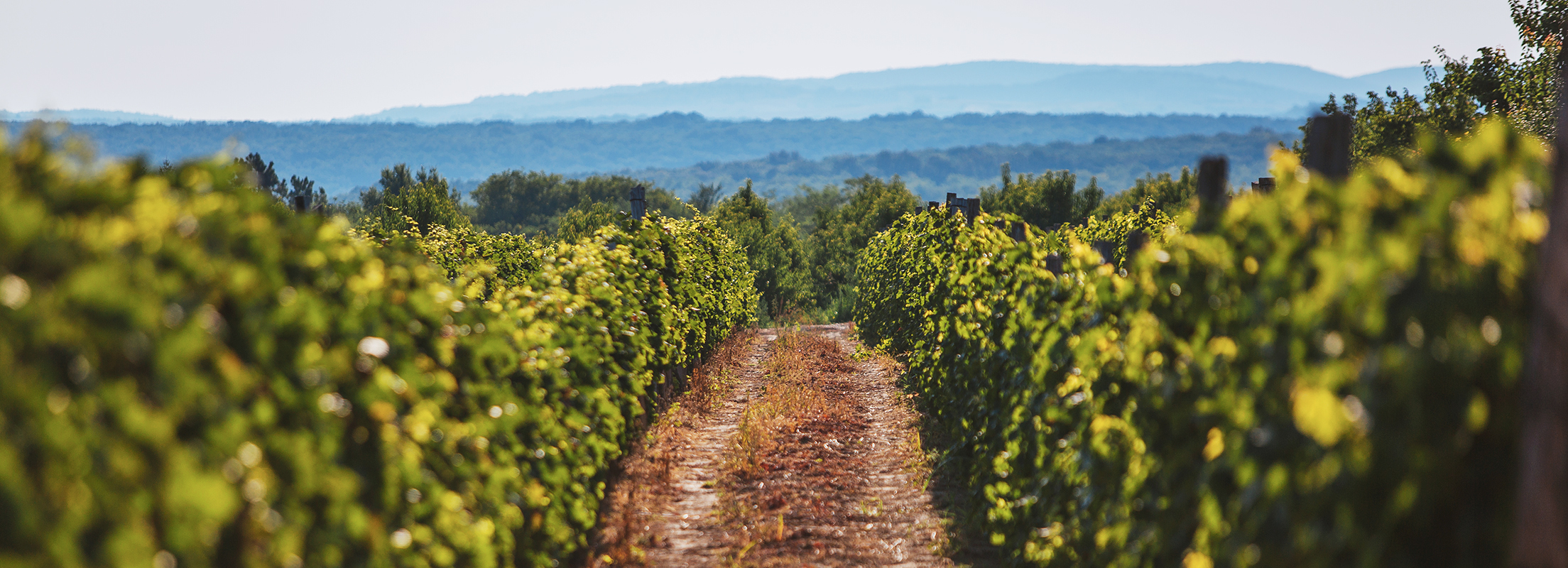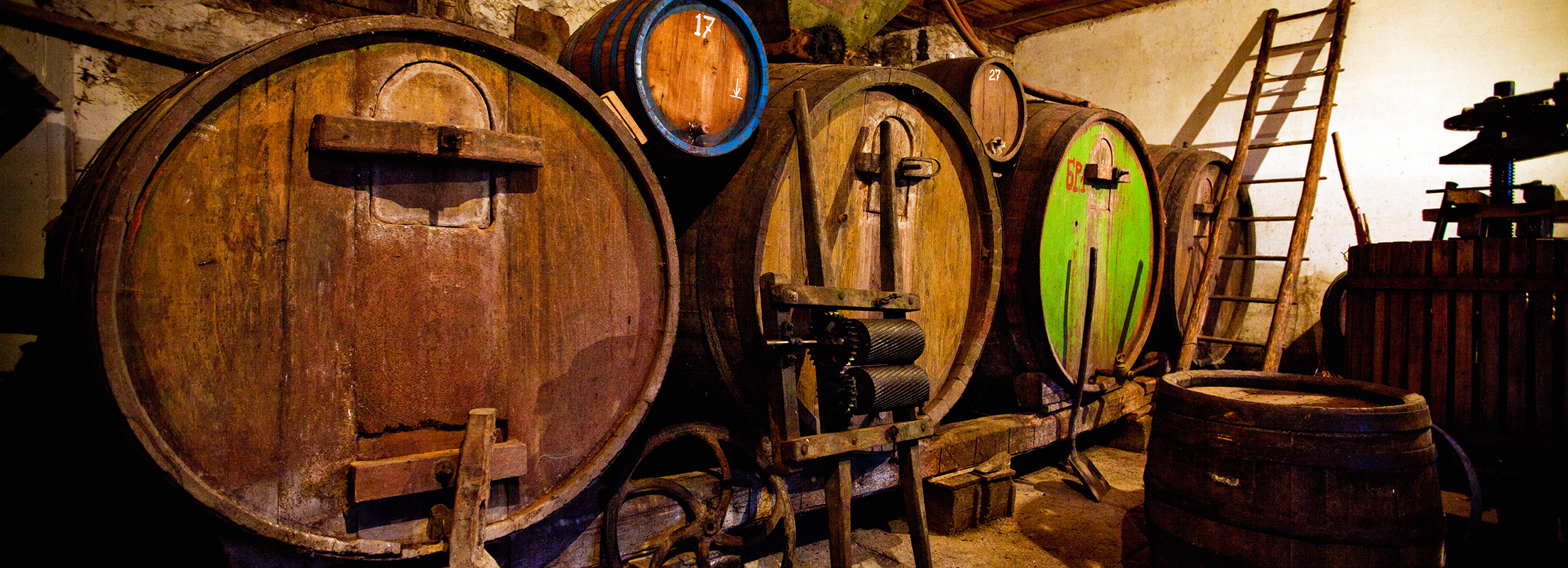

Dozens of different grape varieties grow in Serbia thanks to its fertile soil and favourable climate, all of which are used to produce a diverse assortment of wines.The country’s rich winemaking tradition, which can be traced to antiquity, has had its ups and downs. Today, winegrowing in Serbia is experiencing a renaissance: old vineyards are re-planted and new ones are emerging, while small family-run wineries make wines with protected designated origins.
Today, there are more than 80,000 households in Serbia which produce wine in the traditional way, and you can sample this beverage guided by its expert makers.
In addition to classic wine varieties – cabernet sauvignon, vranac, burgundy – in Serbia wines are also produced from several autochthonous varieties.
Bermet, an aromatised dessert wine, is made according to a traditional recipe, by adding more than 20 different herbs and spices, which gives it its unique flavour. This wine, with protected designation of origin, used to be served in many European courts and today can be sampled at one of the many wine cellars in the northern province of Vojvodina.

Tamjanika, a traditional Serbian grape variety known for its Muscat-like scent and its flavour which combines notes of thyme, cinnamon and basil, as well as fruity notes of strawberry. The black variety of tamjanika is extremely rare and survives only in Negotinska Krajina, in the easternmost part of the country. Notes of raisins, rose and basil, coupled with an inimitable rich bouquet, have earned the black tamjanika wine an almost holy status.

Рrokupac is an autochthonous wine variety with a mild and well-balanced flavour. With a lavish bouquet that gives off a ripe fruit aroma, this variety is held in high regard by wine connoisseurs because of its opulent ruby colour, which gives the wine a hint of luxury.

Smederevka, an autochthonous white grape variety, produces a snowy-yellow wine with a pleasant bouquet, reminiscent of vanilla in good years. Due to its low sugar content and high acidity, smederevka is often mixed with other wine varieties to balance out the acid content.
Kövidinka, a variety specific to northern Serbia, is today found only in old family plantings. Due to its neutral bouquet and flavour, this light and harmonious wine is frequently combined with other varieties to obtain flavoursome combinations which are easy on the palate.
Kadarka or skadarka, an aromatic wine brought to Serbia in the late 17th Century by Serbian Patriarch Arsenije III Čarnojević, is appreciated for its refined structure and fruity flavour. In good, dry years, kadarka is made into red wine, while in bad years it must be processed into white wine because the grapes tend to rot.